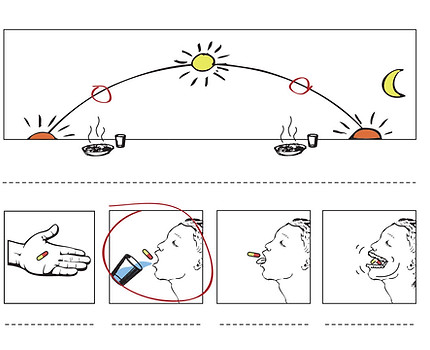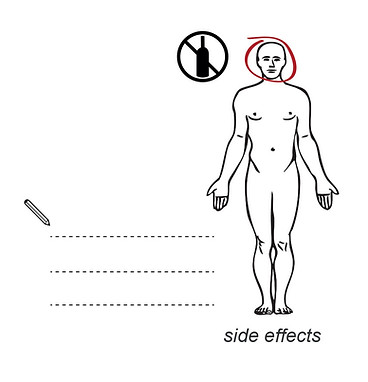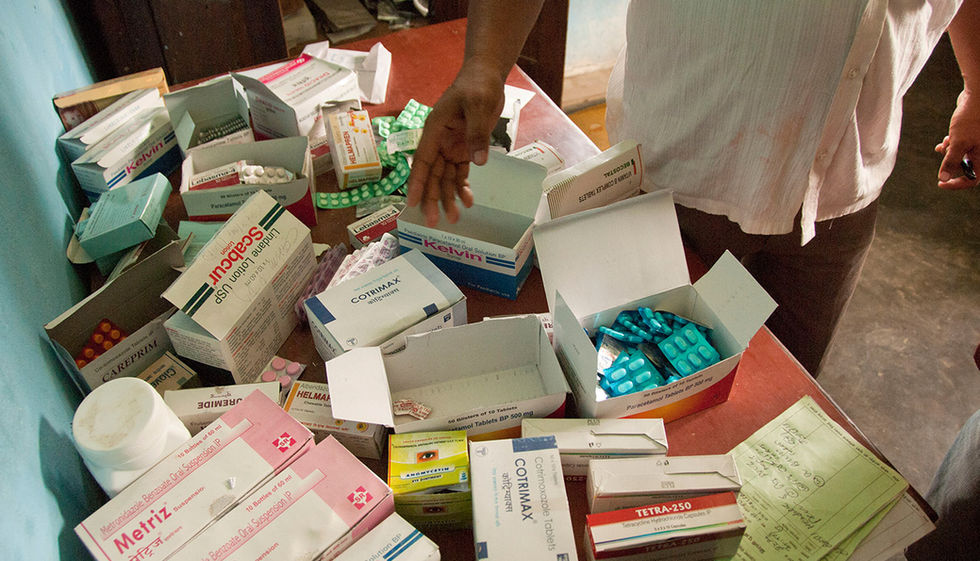
Medicines in
rural nepal
A case study to investigate the use of medicines
How can we help Nepalese people understand the medicine they are given at the health post when the majority of those in rural areas are illiterate. How can people know what the medicine is for, when or how to take it and how can they know about possible side effects.
Commissioned by DJPL, one of Nepal’s leading pharmaceutical companies and One to Watch, fellow designer Pim van Baarsen and I went to the rural areas of Nepal to investigate the use of medicine. We did research about what this untapped audience needs and developed a variety of concepts that would support DJPL in selling medicine in underserved markets.
Research
In order to more clearly understand the way medicine is used, we observed the customer’s journey from feeling ill, to buying medicine and recovery. We talked with medicine experts, doctors, patients and health workers in five different districts throughout Nepal. At the pharmacy almost every medication is obtainable without prescription and does not come with an
instruction leaflet. With a red marker, the dosage and frequency of intake is written at the back. The medicine is placed in a small envelope and given to the patient. Besides verbal instructions this is the only way to supply the patient with the necessary information. Often when patients start using their medication, they can’t read the written
advice anymore once they start using the strip. Another problem is that patients don’t finish their treatment fully. Without proper instructions, when the patient is starting to feel better, they often don’t see a reason to continue taking the medication.
WHAT WE MADE
In collaboration with doctors and pharmacy students in Nepal, we developed a new line of packaging for medication that incorporated a visual set of instructions and information
Patient-friendly packaging
In total we designed three different kinds of packaging concepts. A sticker, an envelope and a box for a whole treatment. All designed for easy use and low cost production, and without relying on text to communicate.

The right dose at the
right time
Every package comes with a number of drawings. Here the prescriber can tick how often, how much and how the patient has to take their medication. In this way the patient gets full and clear information about how to properly use their medicine.
side effects
Besides giving only verbal instructions the prescriber can circle possible side effects on the packaging. This makes it easier for the patient to remember when they return home.






















